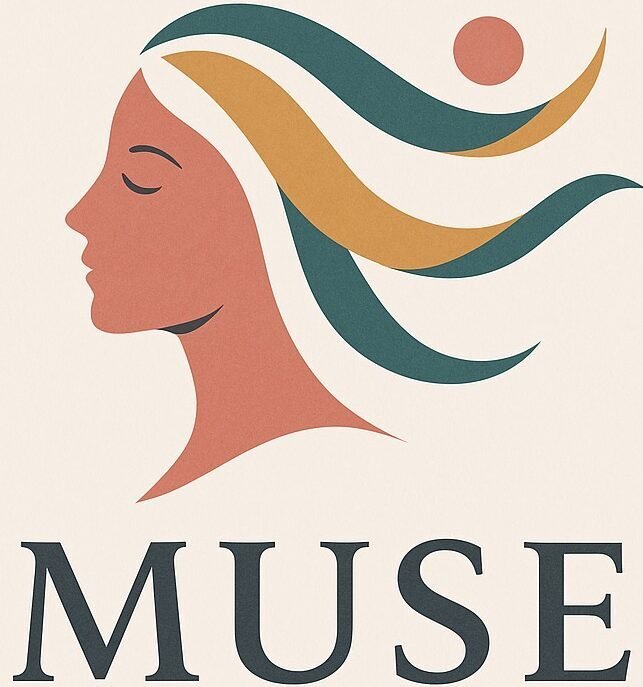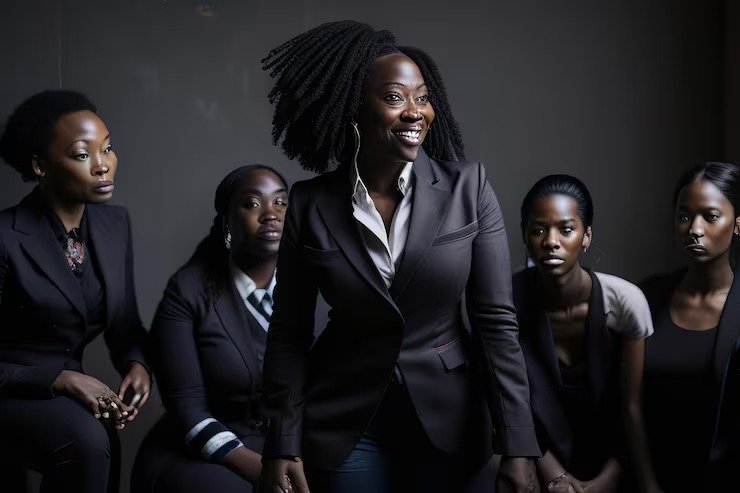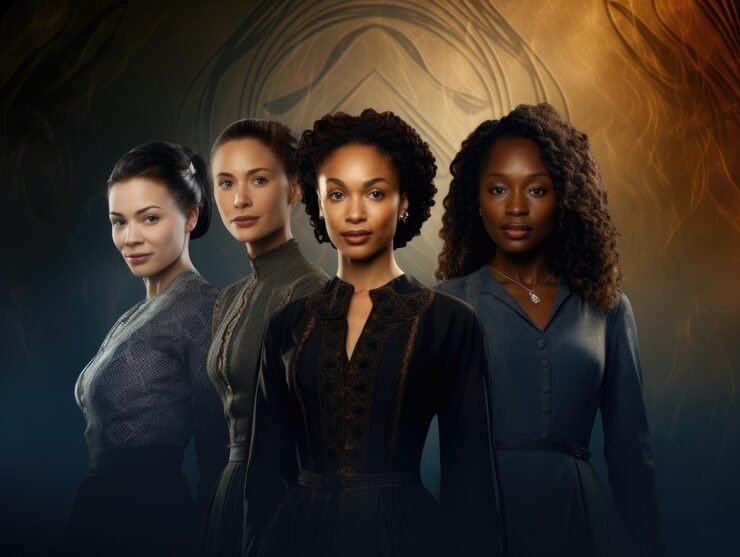For centuries, leadership was defined by narrow, exclusionary views. In 1869, the Great Man theory claimed that great leaders were tall, white, male, handsome, and baritone-voiced—traits you were born with, not developed. Leadership, in this view, was destiny, not discipline.
Today, leadership has evolved. We no longer see leaders as just figureheads perched atop hierarchies. Instead, we value vision, authenticity, adaptability, and the ability to inspire. As Linda Cureton argues, it’s time to move beyond the Great Man theory and embrace a Great Woman theory—one that recognizes the diverse strengths women bring to leadership and how they’ve shaped society.
Challenge 1: Outgrowing the Great Man Theory
The Great Man theory reflects a time when leadership was limited to privilege and appearance. By today’s standards, it is outdated and harmful.
Why This Matters
Clinging to old theories excludes diverse voices and ignores the qualities that truly create effective leaders.
The Reframe
- Leadership isn’t about being born into traits—it’s about building skills.
- Great leaders come from all backgrounds, not a single demographic.
- A “Great Woman theory” highlights traits of courage, authenticity, and resilience.
Key Insight: Leadership is not inherited—it is cultivated.
Challenge 2: Industrial Age Leadership (1920s–40s)
In the early 20th century, leadership focused on efficiency: keeping assembly lines moving, improving supply chains, and increasing productivity.
Why This Matters
This era tied leadership to management—commanding processes, not inspiring people.
The Reframe
- Management drives efficiency; leadership drives purpose.
- Productivity matters, but without vision, organizations stall.
- Leaders must inspire beyond tasks to sustain engagement.
Pro Tip: Managers keep systems running. Leaders keep people believing.
Challenge 3: Information Age Leadership (1950s–60s)
With the rise of computers and information systems, organizations became bureaucratic and matrix-based. Leaders were viewed as distant figures at the top of pyramids.
Why This Matters
This rigid, hierarchical view of leadership limited collaboration and innovation.
The Reframe
- Leaders must be conductors, not just rulers—bringing harmony across teams.
- Vision, not position, defines authority.
- Adaptive leadership thrives where hierarchy fails.
Lesson Learned: Leadership works best when it is relational, not positional.
Challenge 4: Modern Leadership Theories
Today’s leadership focuses on transformational, servant, adaptive, and authentic leadership.
Why This Matters
Modern leaders succeed not by controlling but by inspiring and empowering.
Traits of Modern Leaders
- Visionary: Set long-term goals and direction.
- Authentic: Lead with transparency and courage.
- Adaptive: Thrive in complexity and change.
- Empathetic: Build trust through emotional intelligence.
Real Talk: Leadership today is about influence, not just authority.
Challenge 5: Leadership vs. Management
Cureton draws a key distinction:
- Leaders: Take responsibility for finding potential in people, developing themselves, and inspiring long-range goals.
- Managers: Build processes, develop efficiency, and maintain the status quo.
Why This Matters
Both roles are necessary, but only leadership creates transformation.
The Reframe
- Leaders create vision.
- Leaders communicate meaning.
- Leaders help others make sense of what’s happening.
Leadership Hack: Managers organize. Leaders inspire. Both matter—but they are not the same.
Conclusion: The Great Woman Theory
From the Great Man theory to today’s leadership landscape, one thing is clear: leadership has evolved—and so must we.
A “Great Woman theory” recognizes that women leaders embody resilience, authenticity, and courage. They balance vision with empathy, strategy with adaptability, and influence with integrity.
Call to Action
This week, reflect on the traits that define your leadership. Are you fitting an old model—or standing tall in authenticity? Remember: leadership isn’t about fitting the mold of the Great Man. It’s about shaping the future with the courage of a Great Woman.







